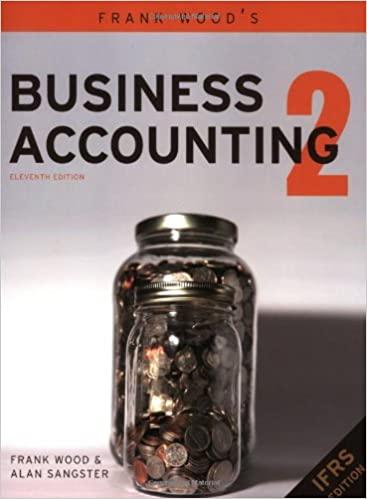


Required information [The following information applies to the questions displayed below.) Warnerwoods Company uses a periodic inventory system. It entered into the following purchases and sales transactions for March. Units Sold at Retail Units Acquired at Cost 100 units @ $50 per unit 400 units @ $55 per unit 420 units @ $85 per unit Date Activities Mar. 1 Beginning inventory Mar. 5 Purchase Mar. g Sales Mar. 18 Purchase Mar. 25 Purchase Mar. 29 Sales Totals 120 units @ $60 per unit 200 units @ $62 per unit 160 units @ $95 per unit 580 units 820 units For specific identification, the March 9 sale consisted of 80 units from beginning inventory and 340 units from the March 5 purchase; the March 29 sale consisted of 40 units from the March 18 purchase and 120 units from the March 25 purchase. 3. Compute the cost assigned to ending inventory using (a) FIFO, (b) LIFO, (c) weighted average, and (d) specific ic (Round your average cost per unit to 2 decimal places.) a) Periodic FIFO Cost of Goods Available for Sale Cost of Goods Sold Ending Invento a) Periodic FIFO Cost of Goods Available for Sale Cost of Goods Sold Ending Inventory # of units Cost per unit Cost of Goods Available for Sale # of units sold Cost per unit Cost of Goods Sold # of units in ending Cost per unit inventory Ending Inventory 100 $ 50.00 $ 5,000 $ 0 $ 0.00 $ 0 Beginning inventory Purchases: March 5 400 $ 55.00 0 $ 0.00 0 22,000 7,200 March 18 120 $ 60.00 0 0 March 25 200 $ 62.00 0 0 12,400 $ 46,600 Total 820 0 0 b) Periodic LIFO Cost of Goods Available for Sale Cost of Goods Sold Ending Inventory # of units Cost per unit Cost of Goods Available for Sale # of units sold Cost per unit Cost of Goods Sold # of units in ending Cost per unit inventory Ending Inventory 100 $ 50.00 $ 5,000 Beginning inventory Purchases: March 5 400 55.00 22,000 7,200 March 18 120 $ 60.00 $ $ March 25 200 6200 12 400 c) Average Cost Cost of Goods Sold Ending Inventory Cost of Goods Available for Sale Cost of Average Goods # of units Cost per unit Available for Sale # of units Average Cost sold Cost of Goods Sold # of units Average Cost Ending in ending Inventory inventory per Unit per unit 100 $ 5,000 Beginning inventory Purchases: March 5 400 March 18 120 22,000 7,200 12,400 $ 46,600 March 25 200 Total 820 $ 0 $ 0 d) Specific Identification Cost of Goods Available for Sale Cost of Goods Sold Ending Inventory # of units Cost per unit Cost of Goods Available for Sale # of units sold Cost per unit Cost of Goods Sold # of units in ending inventory Cost per unit Ending Inventory Beginning inventory 100 $ 50.00 $ 5,000 0 50.00 $ 0 Purchases: March 5 400 $ 55.00 22,000 0 $ 55.00 March 18 120 $ 60.00 $ 60.00 0 7,200 12,400 March 25 200 $ 62.00 0 62.00 o nnn An Ann n









